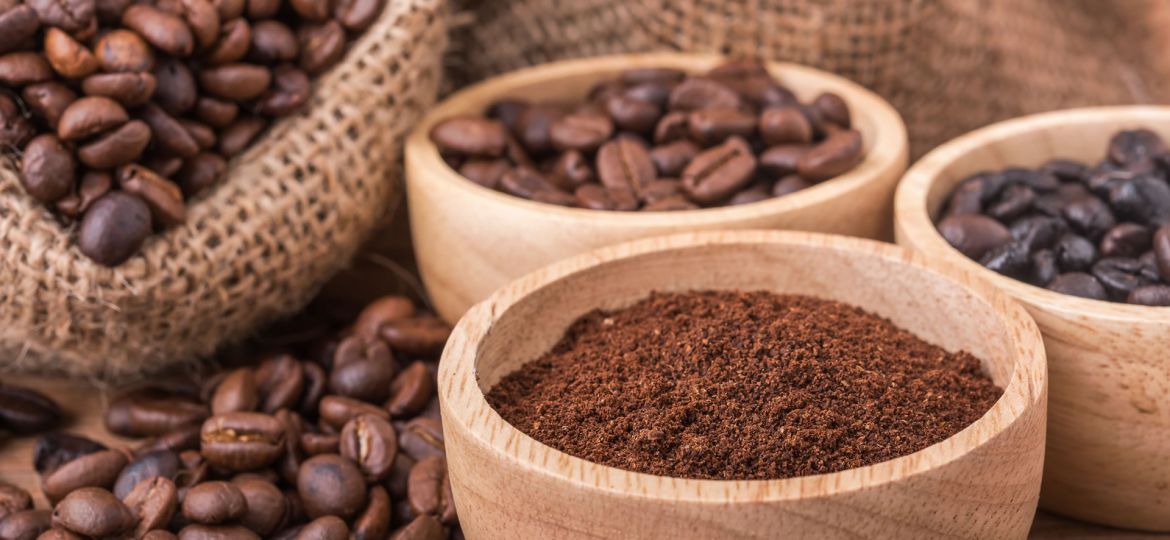
Coffee lovers around the world appreciate the rich diversity of flavors and aromas that different coffee beans offer. Among the most popular varieties, Arabica and Robusta stand out for their distinct characteristics. But what happens when these two are blended together? The result can be a beautifully balanced coffee that highlights the best of both worlds. In this article, we’ll explore what makes a great Arabica and Robusta blend and why it might be the perfect choice for your next cup.
Understanding Arabica and Robusta
Arabica
Arabica beans (Coffea arabica) are known for their delicate, nuanced flavors and pleasant acidity. They often feature notes of fruit, floral tones, and a natural sweetness. Arabica coffee is generally smoother and contains less caffeine than Robusta. It thrives at higher elevations and requires specific growing conditions, making it a premium choice for specialty coffee lovers.
Robusta
Robusta beans (Coffea canephora), on the other hand, are bolder, earthier, and have a stronger, more bitter taste. They contain nearly twice the caffeine of Arabica beans and often exhibit nutty, chocolatey, or woody notes. Robusta is also known for its rich crema, which makes it a favorite in espresso blends.
Why Blend Arabica and Robusta?
Combining Arabica and Robusta allows coffee roasters to craft a blend that balances flavor, aroma, body, and strength. Here are some key reasons why blending these beans can create an exceptional cup of coffee:
1. Enhanced Flavor Profile
A well-crafted blend can balance Arabica’s smooth, complex flavors with Robusta’s boldness and depth. The result is a more rounded coffee experience with the best of both beans.
2. Balanced Acidity and Bitterness
Arabica’s higher acidity can be tempered by Robusta’s lower acidity and natural bitterness, creating a smoother and more approachable brew.
3. Improved Body and Crema
Robusta contributes a thicker body and a rich, velvety crema—especially important in espresso blends. This makes the coffee feel fuller and more satisfying.
4. Increased Caffeine Content
For those who enjoy a stronger caffeine kick, Robusta’s higher caffeine content can give the blend an extra boost of energy without overpowering the flavor.
5. Cost Efficiency
Robusta beans are often more affordable and resilient to disease than Arabica, making blends a more cost-effective option for roasters while maintaining quality.
Crafting the Perfect Blend
The key to an outstanding Arabica-Robusta blend lies in the ratio and roasting techniques. Common ratios include:
- 70% Arabica / 30% Robusta: A smooth and balanced blend with added depth and crema.
- 50% Arabica / 50% Robusta: A bold and intense coffee with equal parts complexity and strength.
- 80% Arabica / 20% Robusta: A gentler blend that retains Arabica’s delicate notes while enhancing body and crema.
The roasting process is also crucial. Light and medium roasts highlight Arabica’s complexity, while darker roasts bring out Robusta’s intensity. A skilled roaster will find the perfect balance to maximize flavor and consistency.
Who Should Try an Arabica-Robusta Blend?
If you enjoy espresso, a well-balanced blend is an excellent choice. It provides the rich crema and bold flavor necessary for a great shot. Additionally, if you prefer a stronger, more full-bodied coffee with a caffeine boost, a blend can deliver a satisfying experience.
Final Thoughts
A great Arabica and Robusta blend is all about balance. By carefully selecting high-quality beans and blending them thoughtfully, coffee roasters can create a harmonious cup that appeals to a wide range of coffee drinkers. Whether you enjoy the complexity of Arabica or the robustness of Robusta, a blend can offer the best of both worlds—ensuring every sip is both flavorful and invigorating.